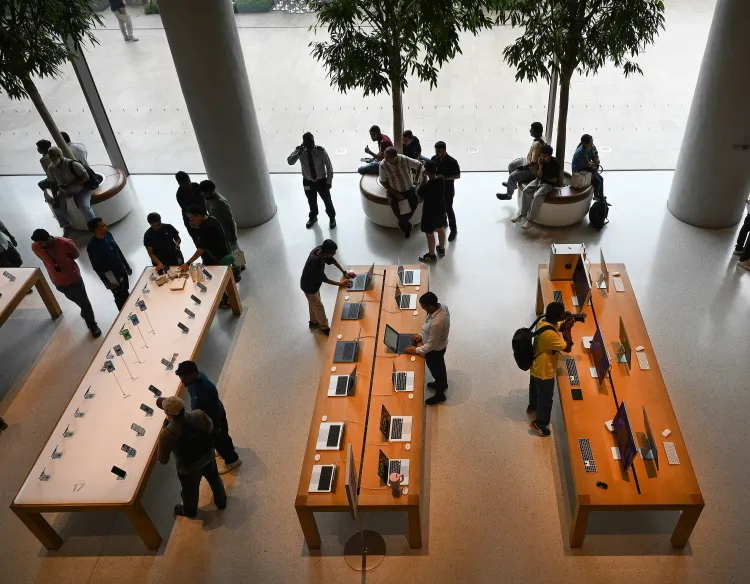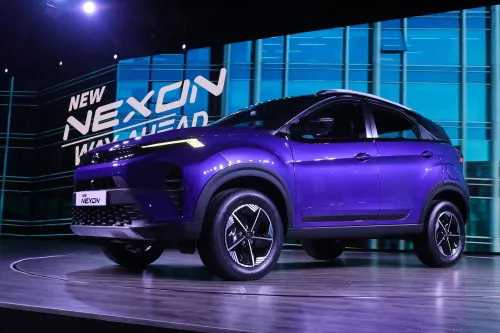Is India’s smartphone market thriving with a 3% growth in Q3?

Synopsis
Key Takeaways
- India's smartphone market saw a 3% growth year-on-year.
- Apple achieved a record 10% market share.
- Vivo led with 9.7 million units shipped.
- Retail incentives played a significant role in boosting sales.
- Smaller cities are becoming key markets for smartphone sales.
New Delhi, Oct 21 (NationPress) India’s smartphone market has witnessed a 3% year-on-year growth during the July-September timeframe, achieving 48.4 million units shipped. This surge includes Apple reporting its highest-ever shipments in Q3, claiming a 10% market share, according to a recent report published on Tuesday.
Global research firm Omdia indicates that vendors stocked up on products anticipating a bustling festive season.
This modest increase resulted from a series of new launches in July and August, coupled with retail incentive programs and an earlier festive season that accelerated inventory replenishment.
“Given the limited organic demand, the momentum in Q3 was primarily driven by incentive-led channel strategies rather than a genuine consumer rebound,” stated Sanyam Chaurasia, Principal Analyst at Omdia.
Companies redirected their marketing resources towards impactful retail incentive initiatives that rewarded sales performance, offering incentives such as cash bonuses per unit sold, tiered profit margins, and promotional contests with prizes including gold coins, bicycles, and international trips.
“These strategies encouraged distributors and retailers to take on larger inventory levels ahead of the festive season. Simultaneously, vendors amplified consumer-facing promotions – offering zero-down-payment EMIs, micro-instalment options, bundled accessories, and extended warranties to enhance sales conversions,” Chaurasia continued.
Vivo (excluding iQOO) maintained its market leadership with 9.7 million units shipped, securing a 20% market share.
Samsung followed with 6.8 million units and a 14% market share, while Xiaomi closely trailed in third position, narrowly surpassing OPPO (excluding OnePlus), with each shipping 6.5 million units.
Apple re-entered the top five with 4.9 million units, experiencing growth primarily driven by demand from smaller-tier cities.
“The smaller cities contributed significantly to volumes through aspirational buying, enticing festive offers, and improved product availability. While older iPhone models 16 and 15 bolstered major shipments via discount-driven upgrades, the iPhone 17 base model gained popularity, supported by robust upgrades from the iPhone 12-15 user base,” Chaurasia elaborated.
Looking ahead, Apple is set to focus on upgrades for its Pro models and enhance its ecosystem to ensure long-term value, the report concluded.









